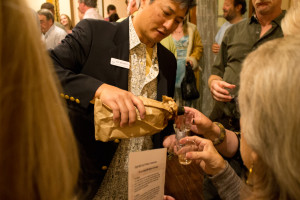 For trout and Trout Unlimited members, the warmer months are when the most activity occurs. It’s easy for trout to become more active as the food sources are more abundant. But for people to become active in a cause bigger than themselves, it sometimes takes some extra motivation. And there’s no better way to become motivated than to discover one’s true inner conservationist.
That’s where the Colorado Trout Unlimited Rendezvous comes in.
For trout and Trout Unlimited members, the warmer months are when the most activity occurs. It’s easy for trout to become more active as the food sources are more abundant. But for people to become active in a cause bigger than themselves, it sometimes takes some extra motivation. And there’s no better way to become motivated than to discover one’s true inner conservationist.
That’s where the Colorado Trout Unlimited Rendezvous comes in.
Over the weekend of April 22 through the 24, over 130 people comprised of Colorado Trout Unlimited members, staff, and supporters convened in Glenwood Springs along the banks of the Colorado River to discover more about their beloved organization, the water and fish they fight to protect, and the conservationist drive inside all of us.
The weekend started off on Friday as CTU Outreach Coordinator, Stephanie Scott, 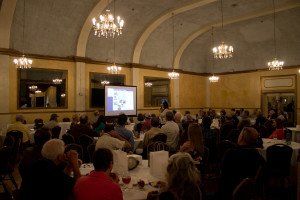 welcomed everyone and CTU and national TU employees introduced themselves to the participants. Following the welcome lunch, the group broke out to learn more about the roll women can play in TU, ways to engage members more effectively, best practices to implement conservation projects, and they learned how fishing guides throughout the state implement conservation into their trips and lessons.
welcomed everyone and CTU and national TU employees introduced themselves to the participants. Following the welcome lunch, the group broke out to learn more about the roll women can play in TU, ways to engage members more effectively, best practices to implement conservation projects, and they learned how fishing guides throughout the state implement conservation into their trips and lessons.
After the Fly Fishing Film Tour showing, members and the general public had the option of joining CTU and the Greenbacks for a showing of Surface Film- an event that combines the best photography shots in fly fishing with free beer and wine tastings. The event also included a silent and live auction where members purchased great prizes and trips.
Saturday started off with a Grassroots breakfast where members could eat and listen to the head of all Trout Unlimited programs in Colorado talk about their current issues and projects. The panel also answered any questions that the members asked. Following the breakfast, the group listened to CTU President, Marshall Pendergrass, talk about the state of CTU recapping all of the work done in the past year and what’s on the radar for the future.
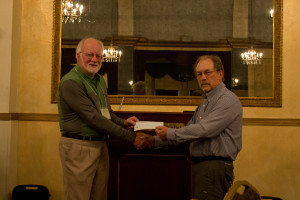 During the State of CTU address, the council also awarded Gomolchak grants to different chapters for work on temperature monitoring, greenback restoration, improving fish tanks, and much more! The board also voted on the new Director At-Large candidates.
During the State of CTU address, the council also awarded Gomolchak grants to different chapters for work on temperature monitoring, greenback restoration, improving fish tanks, and much more! The board also voted on the new Director At-Large candidates.
Following the state of CTU, Yampa Valley chapter member, Todd Musselman rocked the crowd with a motivational speech that captivated hearts and made everyone think about what they wanted to be, not just in within TU but in life. He recapped stories from his own life and lessons he’s learned along the way. Todd has spoken to numerous businesses including MillerCoors, ReMax, Microsoft and many more.
The Director of Colorado Parks and Wildlife, Bob Broscheid, joined in on the fun and spoke about the collaboration efforts of TU and other agencies and how all sportsmen and anglers can work together to improve the quality of our natural resources. He spoke to the point of sportsmen are the true and best conservationists and protecting the public lands and watersheds start with us.
After Director Broscheid, Jeff Graves from the Colorado Division of Reclamation, Mining and Safety, spoke about mine cleanups happening throughout the state and how it affects the water quality. John Stulp from the Colorado Water Board also talked about how we are going to implement the state’s water plan and what it means for the future of Colorado’s people and fish. Members also learned more about veteran programs and taking action for clean water from some national Trout Unlimited staff members.
There is a rumor that the Hotel Colorado is haunted and on Saturday night, it seemed 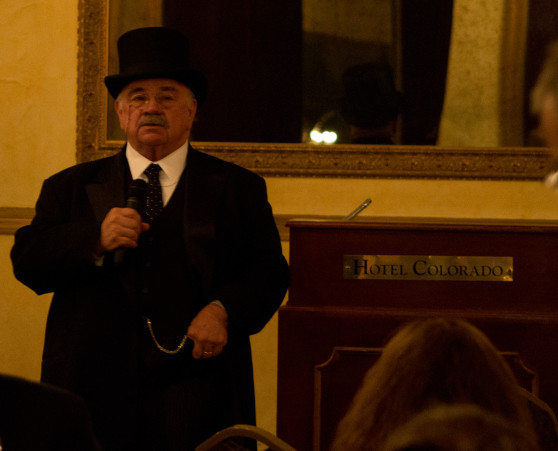 that way as the ghost of our 26th president, Theodore Roosevelt joined our dinner banquet and talked about his life’s journeys and how the open wilderness changed his perspective on life. He went through his days as a boy with asthma living in the city and how the open air of the woods would help cure him mentally and physically. Teddy spoke to the point of how we all should carry on his legacy and protect and fight for the wilderness so it can improve everyone’s quality of life.
that way as the ghost of our 26th president, Theodore Roosevelt joined our dinner banquet and talked about his life’s journeys and how the open wilderness changed his perspective on life. He went through his days as a boy with asthma living in the city and how the open air of the woods would help cure him mentally and physically. Teddy spoke to the point of how we all should carry on his legacy and protect and fight for the wilderness so it can improve everyone’s quality of life.
At the dinner banquet, CTU also present various awards to chapters, volunteers, leaders and other members who served as stewards to our rivers. Among the winners were also the newest Silver Trout Award winners, Larry Quilling and Glen Edwards.
The night capped off with a scotch tasting for everyone to partake and learn more about the whiskey from the Scottish Isles.
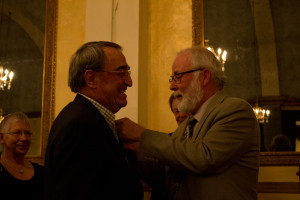 The final morning started off with a breakfast sessions where members could learn more about engaging the youth and next generation of anglers and conservationists. Following the panel, the groups broke out into sessions that spoke about how chapters and members can use social media to help spread their message and word as well as how the state and organizations are working to improve native trout fisheries.
The final morning started off with a breakfast sessions where members could learn more about engaging the youth and next generation of anglers and conservationists. Following the panel, the groups broke out into sessions that spoke about how chapters and members can use social media to help spread their message and word as well as how the state and organizations are working to improve native trout fisheries.
To finish the weekend, chapters joined other chapter leaders in their region to go over current events and happenings and how the state and national level of Trout Unlimited can help the on-the-ground work done by the various chapters.
Many new initiatives were born over the weekend and many others began to move forward. As the weather warmed up, it wasn’t just the trout that became active- Trout Unlimited members discovered what being a conservationist means to them and got to work on how to better the lives of our trout, waters and ecosystems.
 "Two worlds collide, rival nations, it's a primitive clash, venting years of frustrations. Bravely we hope, against all hope. There is so much at stake, seems our freedom's up against the ropes. Does the crowd understand? Is it East versus West? Or man against man? Can any nation stand alone?"
"Two worlds collide, rival nations, it's a primitive clash, venting years of frustrations. Bravely we hope, against all hope. There is so much at stake, seems our freedom's up against the ropes. Does the crowd understand? Is it East versus West? Or man against man? Can any nation stand alone?"


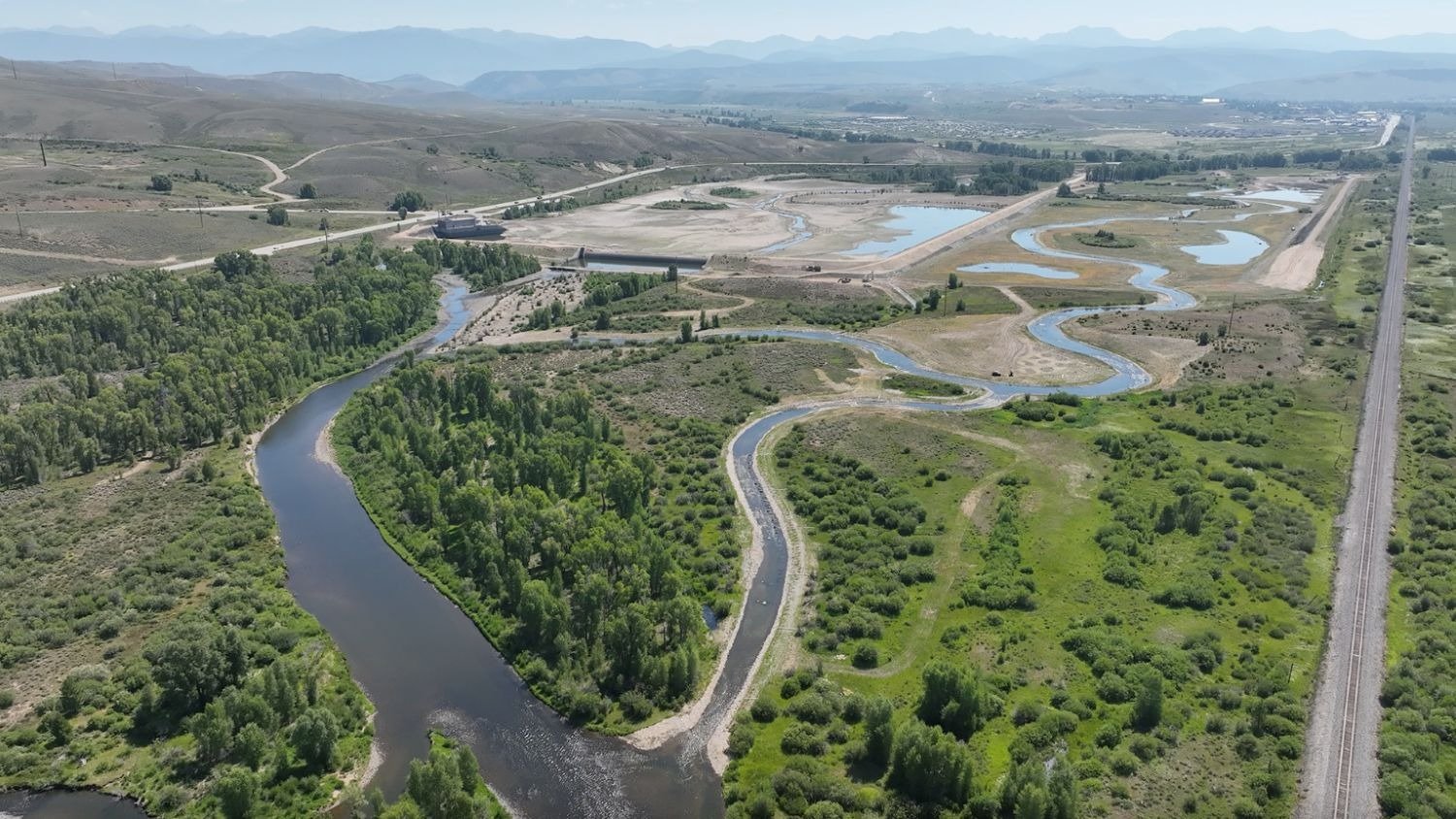




 For trout and Trout Unlimited members, the warmer months are when the most activity occurs. It’s easy for trout to become more active as the food sources are more abundant. But for people to become active in a cause bigger than themselves, it sometimes takes some extra motivation. And there’s no better way to become motivated than to discover one’s true inner conservationist.
That’s where the Colorado Trout Unlimited Rendezvous comes in.
For trout and Trout Unlimited members, the warmer months are when the most activity occurs. It’s easy for trout to become more active as the food sources are more abundant. But for people to become active in a cause bigger than themselves, it sometimes takes some extra motivation. And there’s no better way to become motivated than to discover one’s true inner conservationist.
That’s where the Colorado Trout Unlimited Rendezvous comes in. welcomed everyone and CTU and national TU employees introduced themselves to the participants. Following the welcome lunch, the group broke out to learn more about the roll women can play in TU, ways to engage members more effectively, best practices to implement conservation projects, and they learned how fishing guides throughout the state implement conservation into their trips and lessons.
welcomed everyone and CTU and national TU employees introduced themselves to the participants. Following the welcome lunch, the group broke out to learn more about the roll women can play in TU, ways to engage members more effectively, best practices to implement conservation projects, and they learned how fishing guides throughout the state implement conservation into their trips and lessons. During the State of CTU address, the council also awarded Gomolchak grants to different chapters for work on temperature monitoring, greenback restoration, improving fish tanks, and much more! The board also voted on the new Director At-Large candidates.
During the State of CTU address, the council also awarded Gomolchak grants to different chapters for work on temperature monitoring, greenback restoration, improving fish tanks, and much more! The board also voted on the new Director At-Large candidates. that way as the ghost of our 26th president, Theodore Roosevelt joined our dinner banquet and talked about his life’s journeys and how the open wilderness changed his perspective on life. He went through his days as a boy with asthma living in the city and how the open air of the woods would help cure him mentally and physically. Teddy spoke to the point of how we all should carry on his legacy and protect and fight for the wilderness so it can improve everyone’s quality of life.
that way as the ghost of our 26th president, Theodore Roosevelt joined our dinner banquet and talked about his life’s journeys and how the open wilderness changed his perspective on life. He went through his days as a boy with asthma living in the city and how the open air of the woods would help cure him mentally and physically. Teddy spoke to the point of how we all should carry on his legacy and protect and fight for the wilderness so it can improve everyone’s quality of life. The final morning started off with a breakfast sessions where members could learn more about engaging the youth and next generation of anglers and conservationists. Following the panel, the groups broke out into sessions that spoke about how chapters and members can use social media to help spread their message and word as well as how the state and organizations are working to improve native trout fisheries.
The final morning started off with a breakfast sessions where members could learn more about engaging the youth and next generation of anglers and conservationists. Following the panel, the groups broke out into sessions that spoke about how chapters and members can use social media to help spread their message and word as well as how the state and organizations are working to improve native trout fisheries.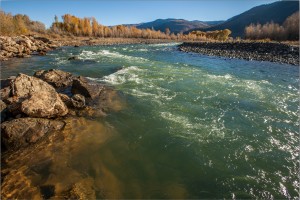
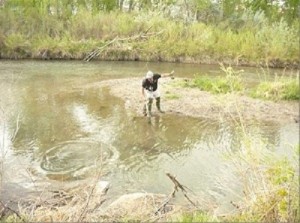
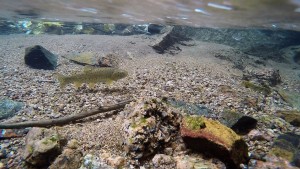
 Changes being proposed are potential, but the fish need our help. Trout Unlimited is conducting a
Changes being proposed are potential, but the fish need our help. Trout Unlimited is conducting a
